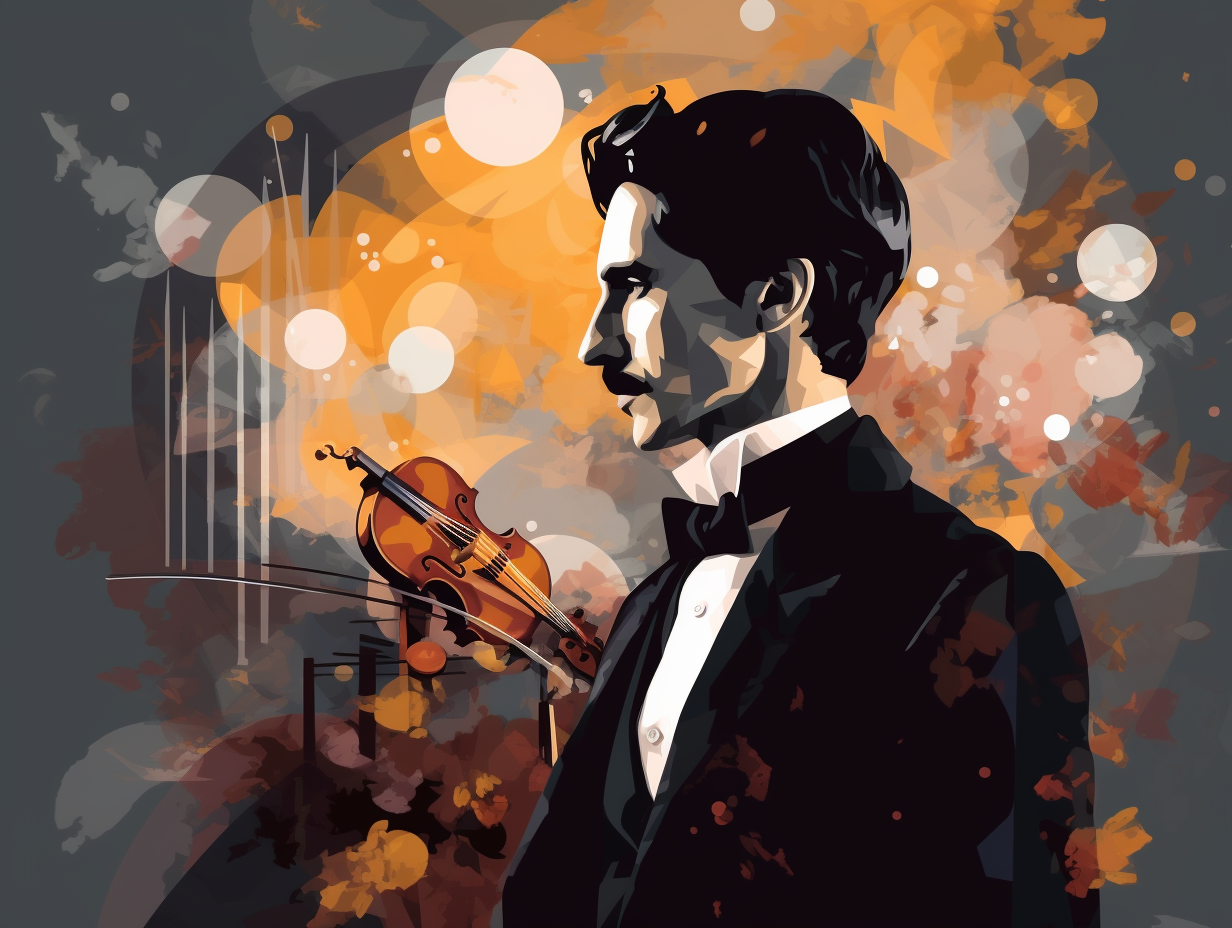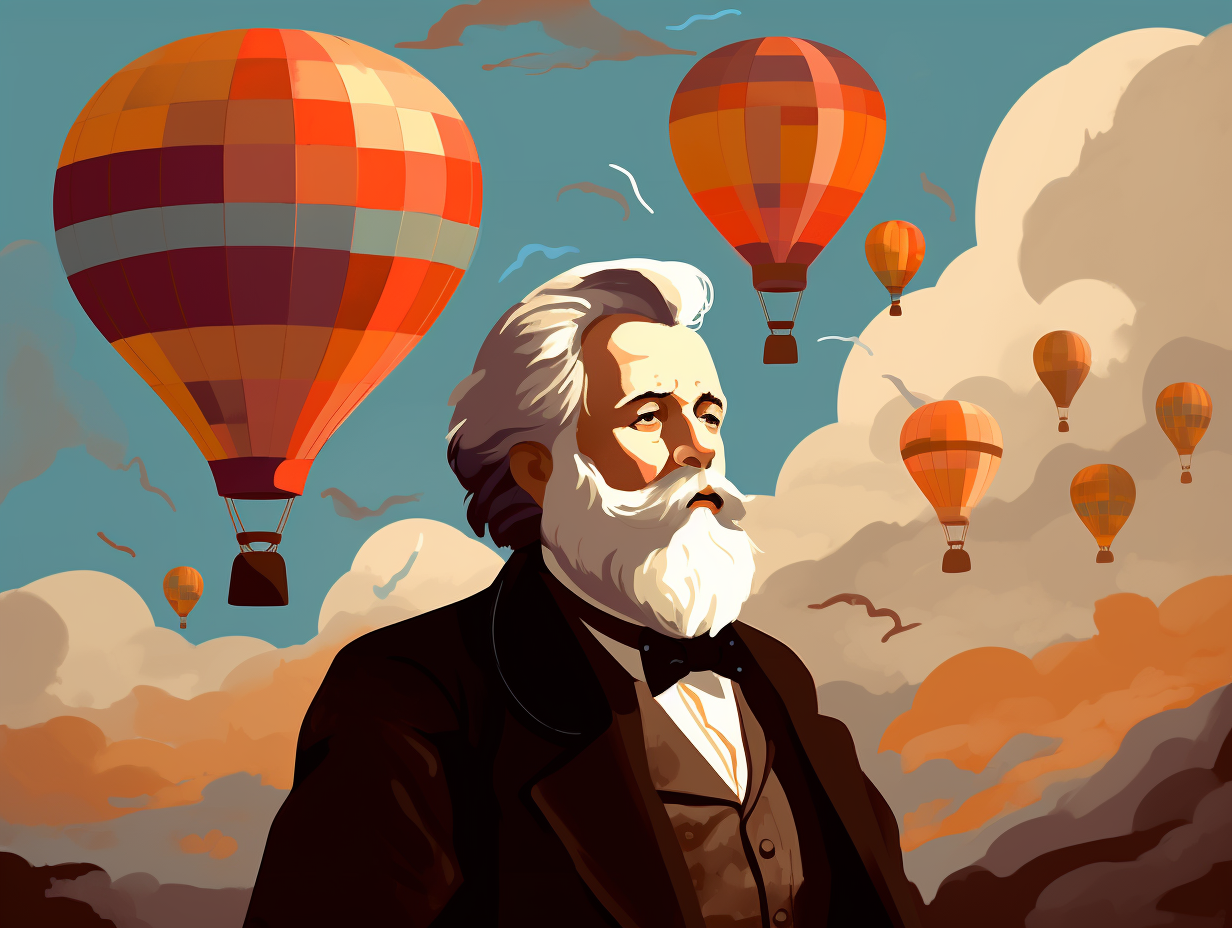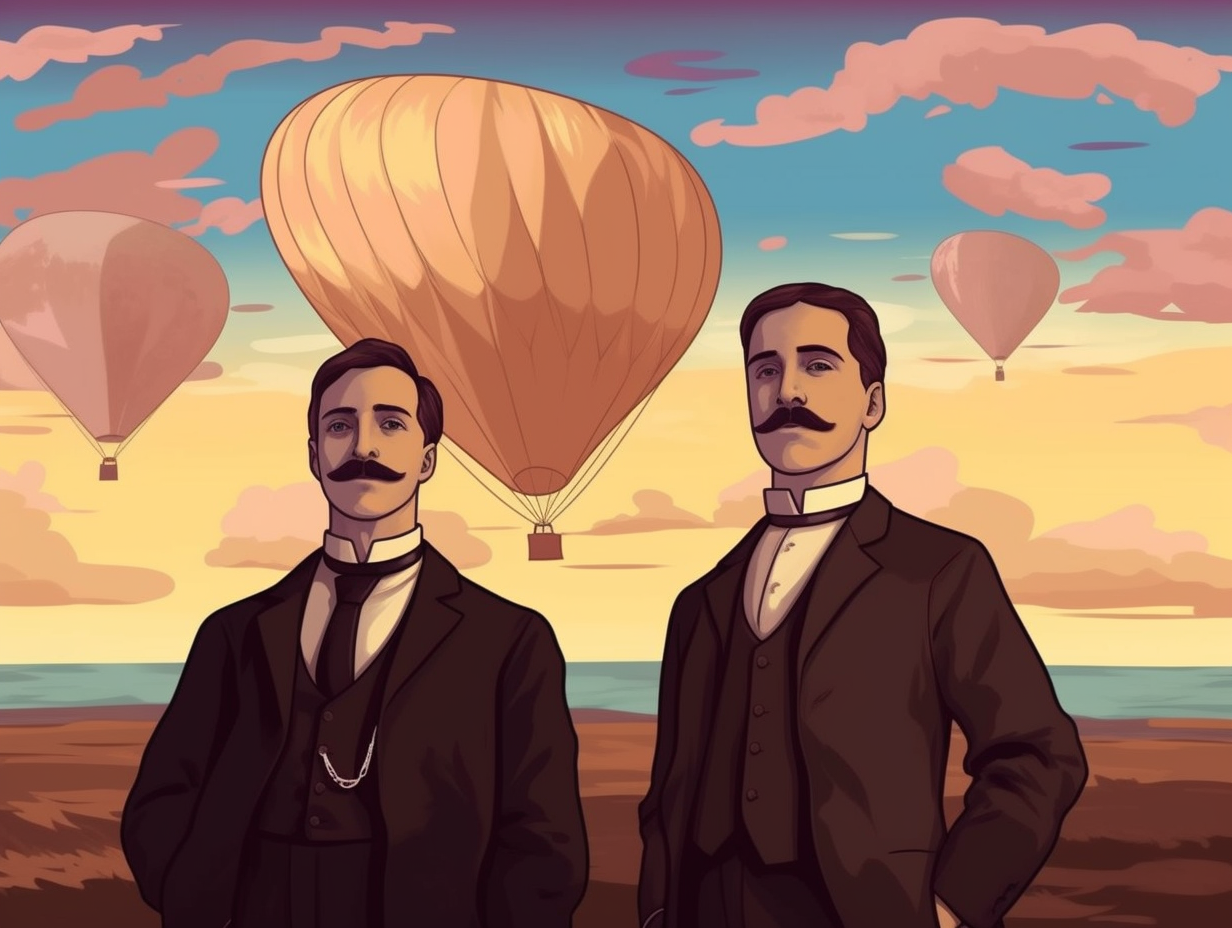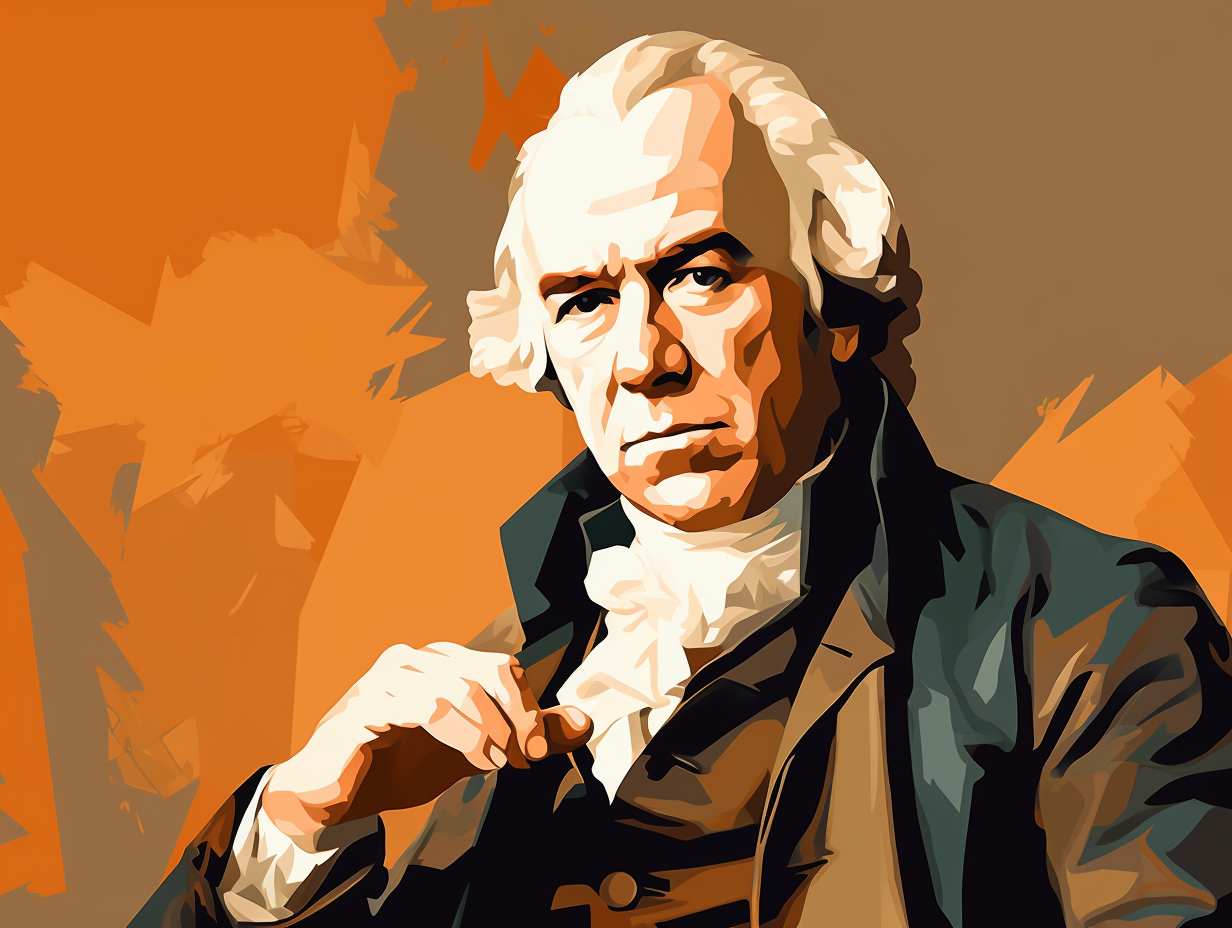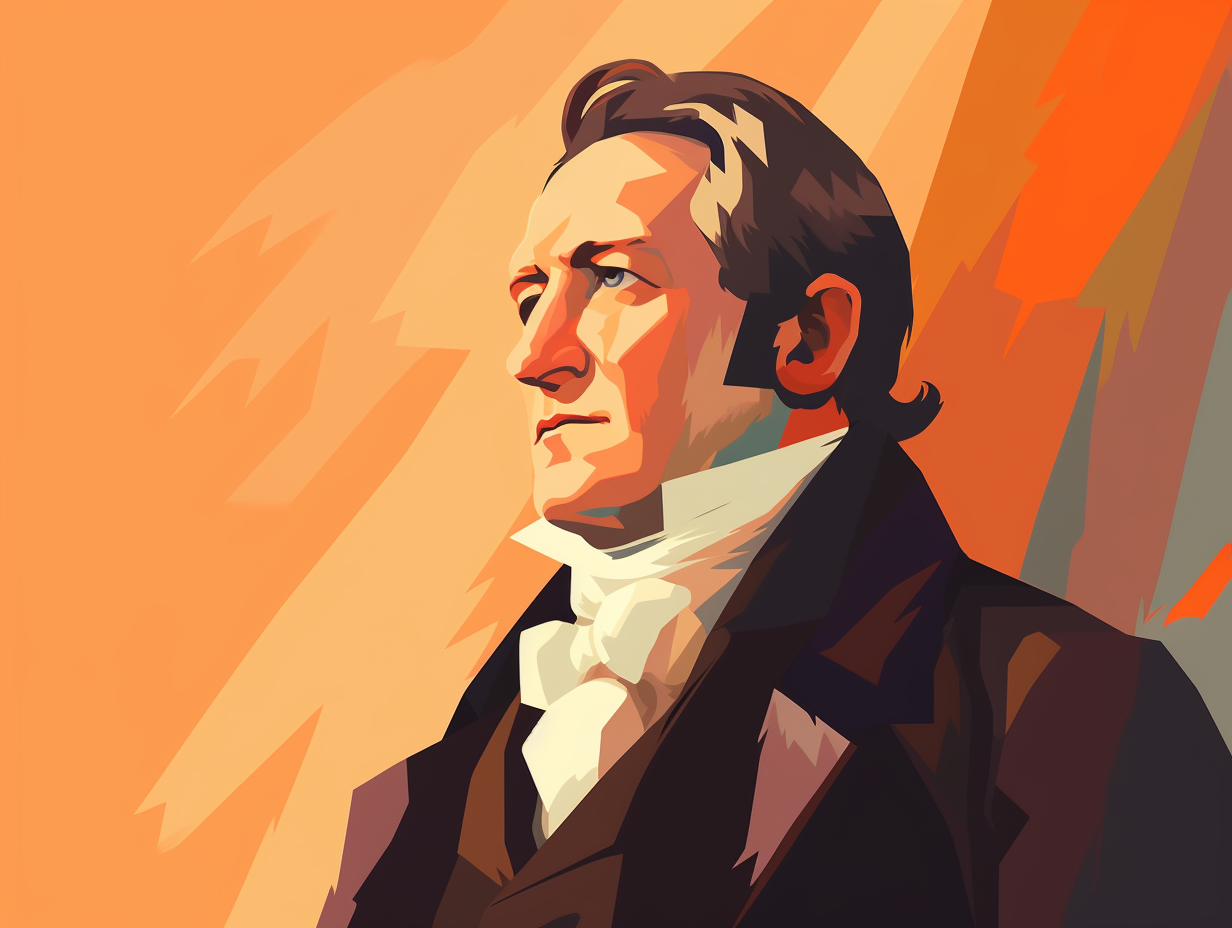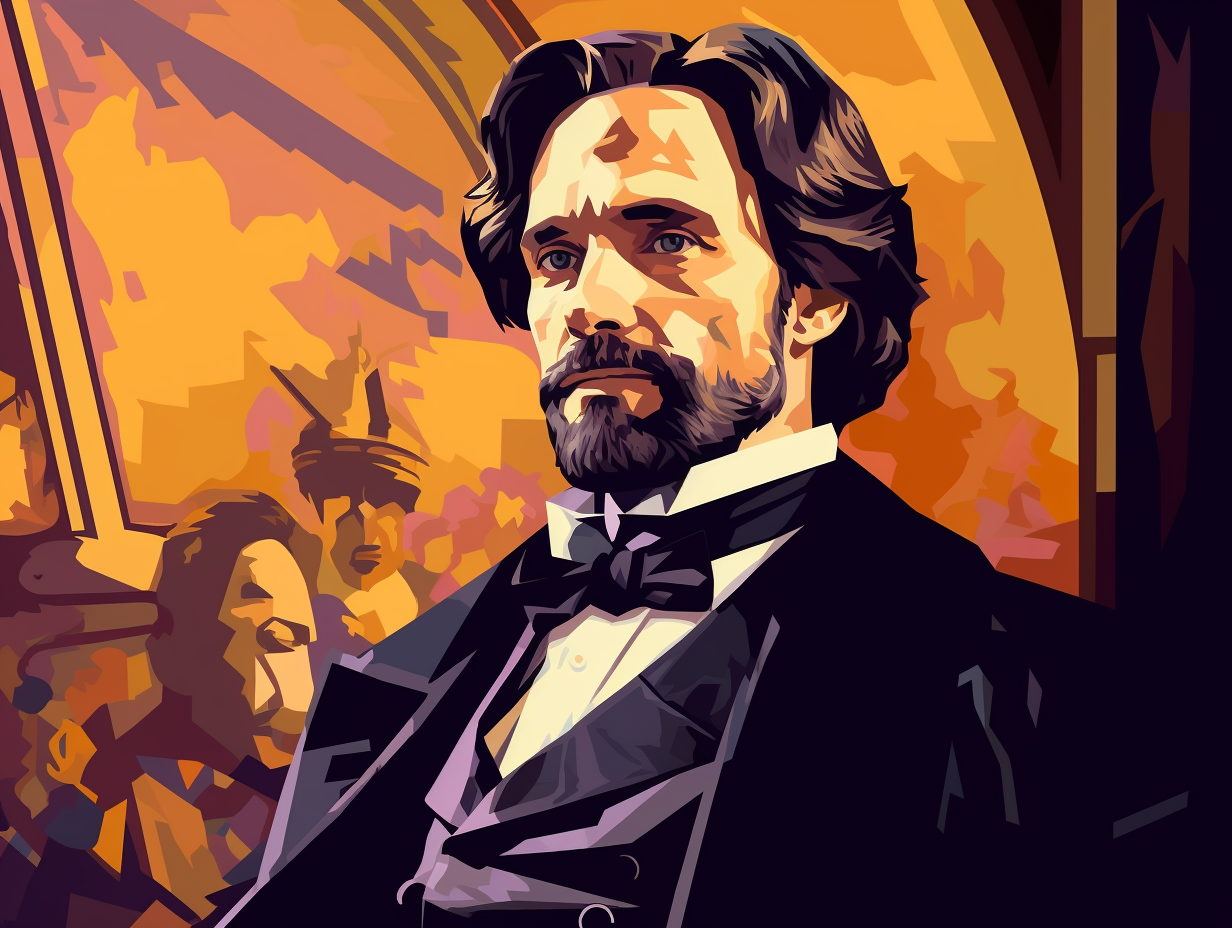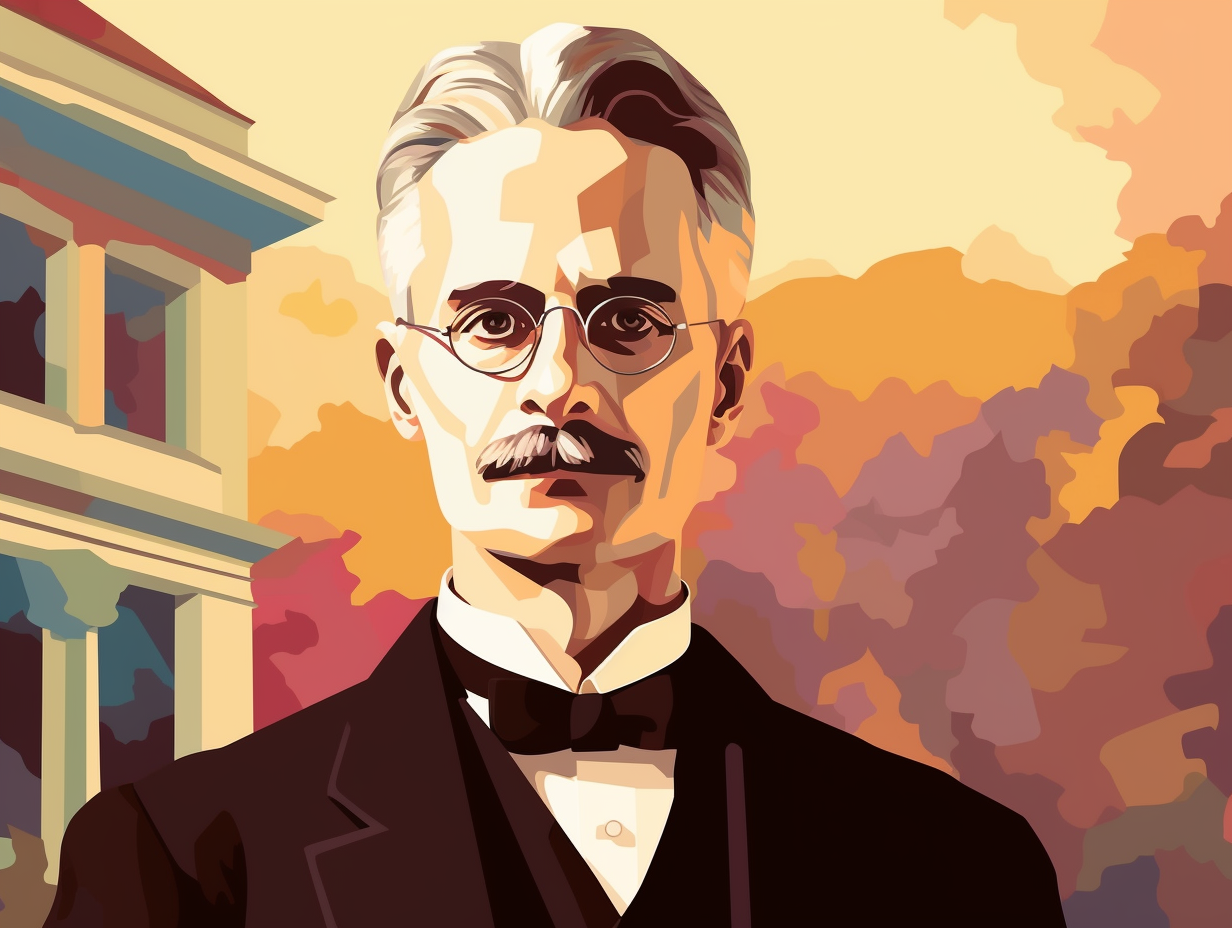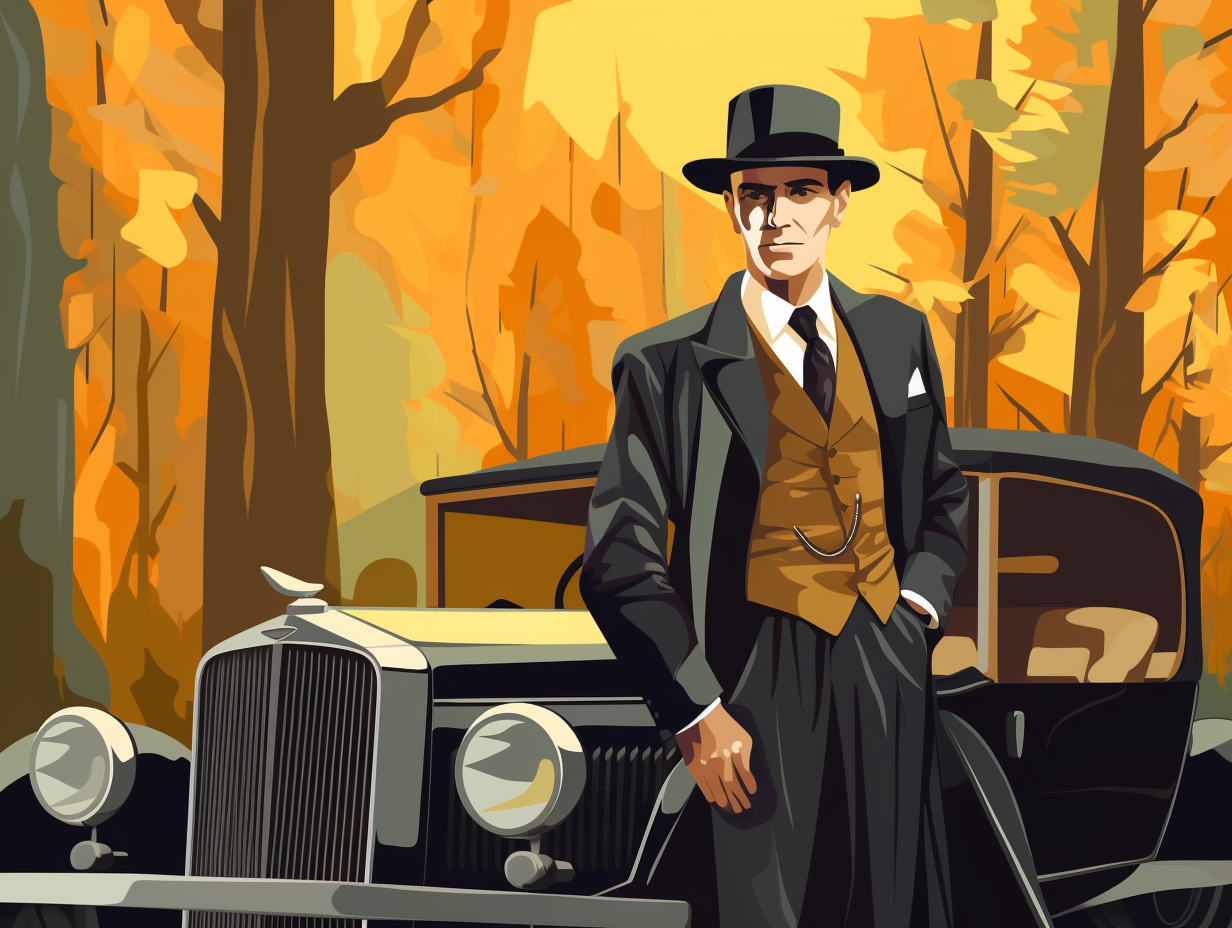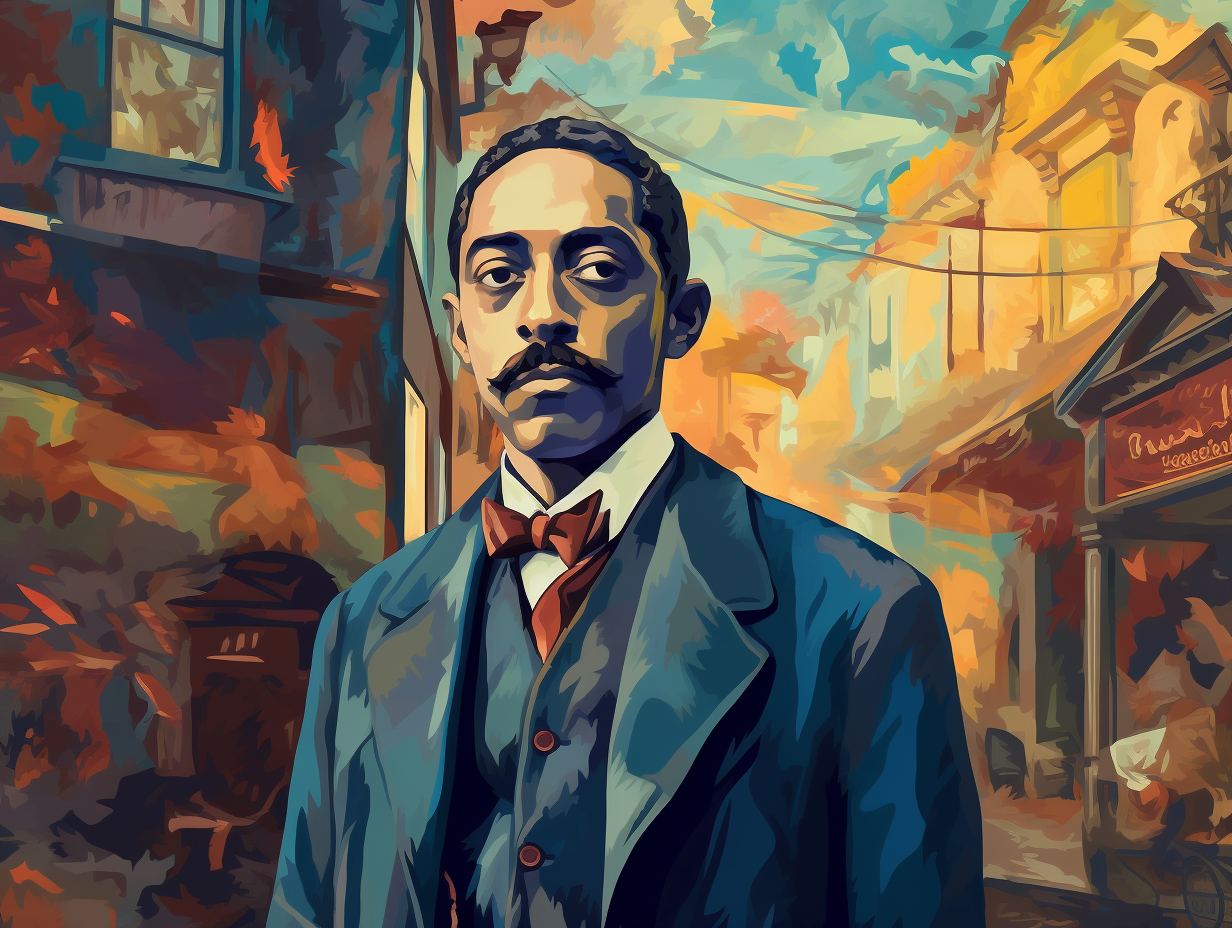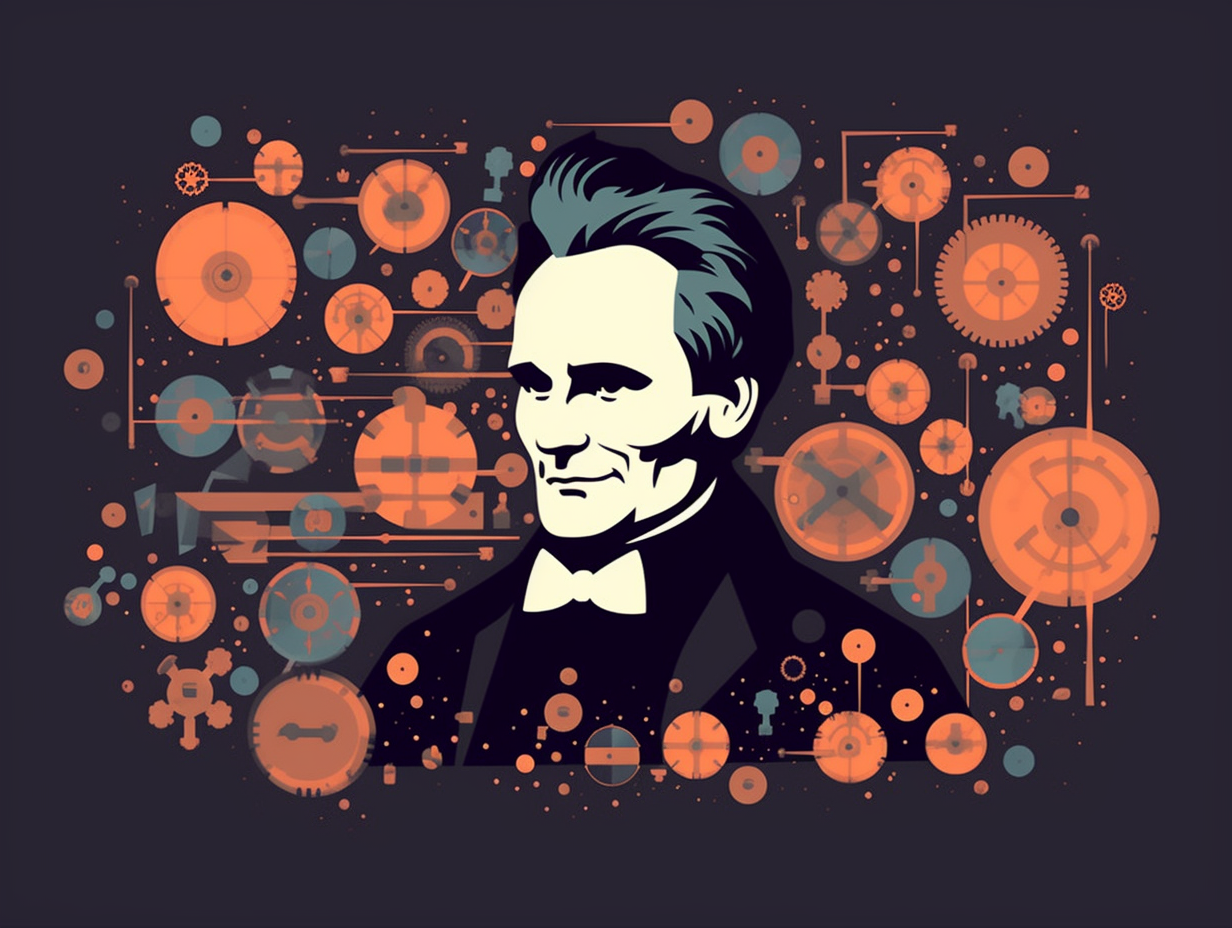Shedding Light on History: Top 11 Fun Facts About the Light Bulb You Never Knew!

1. Edison's 1,000 Tries
In a striking display of persistence, Thomas Edison figuratively flipped the bird at failure more than a few times: it actually took him a whopping 1,000 unsuccessful tries to finally breathe life into the light bulb, forever enlightening dark rooms and brightening the path for mankind's technological advancements.
Source => fastcompany.com
2. LED Revolution
In a not-so-distant past, when the Beatles were still a thing and the world envied Nick Holonyak Jr.'s LED Zeppelin-esque lifestyle as a bright young thing in the General Electric family, little did we know that we were seeing the first sparks of a tech revolution that was ready to eclipse Edison himself: In 1962, Nick Holonyak Jr. invented the first visible-spectrum LED, which now boasts an average luminous efficacy of 85 lm/W, uses 75% less energy than incandescent bulbs, and has a longer lifespan, successfully illuminating our path to a more energy-efficient future.
Source => energy.gov

Did you know the fizzy soda water we love today was a result of Joseph Priestley's tireless experiments with gases? Discover more about this oxygen-loving chemist's groundbreaking contributions to the world of chemistry. 🧪💡
=> Fun Facts about Joseph-Priestley
3. Light Bulbs & Machine Guns
Light bulbs and machine guns, an electrifying combo: Hiram Maxim may have given Thomas Edison a run for his money by experimenting with electric lights before becoming a renowned inventor, but he didn't strike gold with light bulbs. Instead, he illuminated the world with automatic machine guns, hair-curling irons, steam pumps, and a gravity-defying amusement ride called the "Captive Flying Machine," adding some firepower to curling tresses and soaring hearts.
Source => en.wikipedia.org
4. The Centennial Light Bulb
We don't mean to be light-headed, but there's a light bulb that has seen more history than your great-grandmother: The Centennial Light Bulb in Livermore, California, holds the record for the world's longest-lasting incandescent bulb, having been shining bright since 1901, and gaining fame from The Guinness Book of World Records, Ripley's Believe It or Not!, and General Electric.
Source => en.wikipedia.org

5. Mosquitoes vs. Bug Zappers
Those pesky bite-sized flying fiends might just outsmart your bug zapper, but don't worry, they're not auditioning for the insect version of The Great Escape: Contrary to popular belief, mosquitoes actually aren't effectively attracted to bug zappers, and a study by the University of Delaware evidenced that out of 13,789 insects zapped over 15 summer nights, only 31 were biting insects, while harmless and beneficial insects took the majority of the hit.
Source => en.wikipedia.org
6. Edison's Bamboo Filament
Once upon a time, Edison played a game of "dim the lights" with a carbonized twist! After spinning cotton threads and diving into the world of bamboozling bamboo, he emerged as the luminary champ: Edison's groundbreaking light bulb used a bamboo filament to last a whopping 1,200 hours, setting the glowing standard for ten years, transforming twilight to dawn in the blink of an eye.
Source => energy.gov
7. LED vs. Incandescent
Why did the incandescent light bulb get in trouble at school? Because it had a dim future and couldn't compete with the cool, long-lasting popularity of LED bulbs: LED light bulbs outshine their incandescent counterparts by lasting up to 25 times longer, offering energy savings of up to 90%, and adapting effortlessly to various sizes, colors, and both indoor and outdoor settings.
Source => energy.gov
8. Pre-Edison Street Lighting
Before Edison's electro-dazzling invention lit up the world — and our monthly utility bills — street lighting was more of a high-maintenance, carbon-packing affair that played the tune of human ingenuity: In the 19th century, arc lamps by Sir Humphry Davy and Paul Jablochkoff were used for street lighting in Paris and London, and these high-maintenance contraptions needed daily-care, but it was William Duddell who made sparks fly and tunes chime with his "singing arc," an amusing 1899 innovation that generated musical notes by varying the voltage. Although it never became a staple of street lighting, it did set the stage for electronic instruments like the Telharmonium and future synthesizers.
Source => aps.org
9. Measuring Brightness
When a moth, in its quest for astronomical knowledge, flutters its wings against the warm, almighty sun of a light bulb, it might be wise to wonder about the watts it's attracting: Little does the curious insect know that brightness is measured in lumens, not watts, with higher lumens equating to a brighter bulb. For instance, a 1600 lumens bulb can effectively replace a traditional 100W incandescent foray into fingertip-singeing!
Source => energy.gov
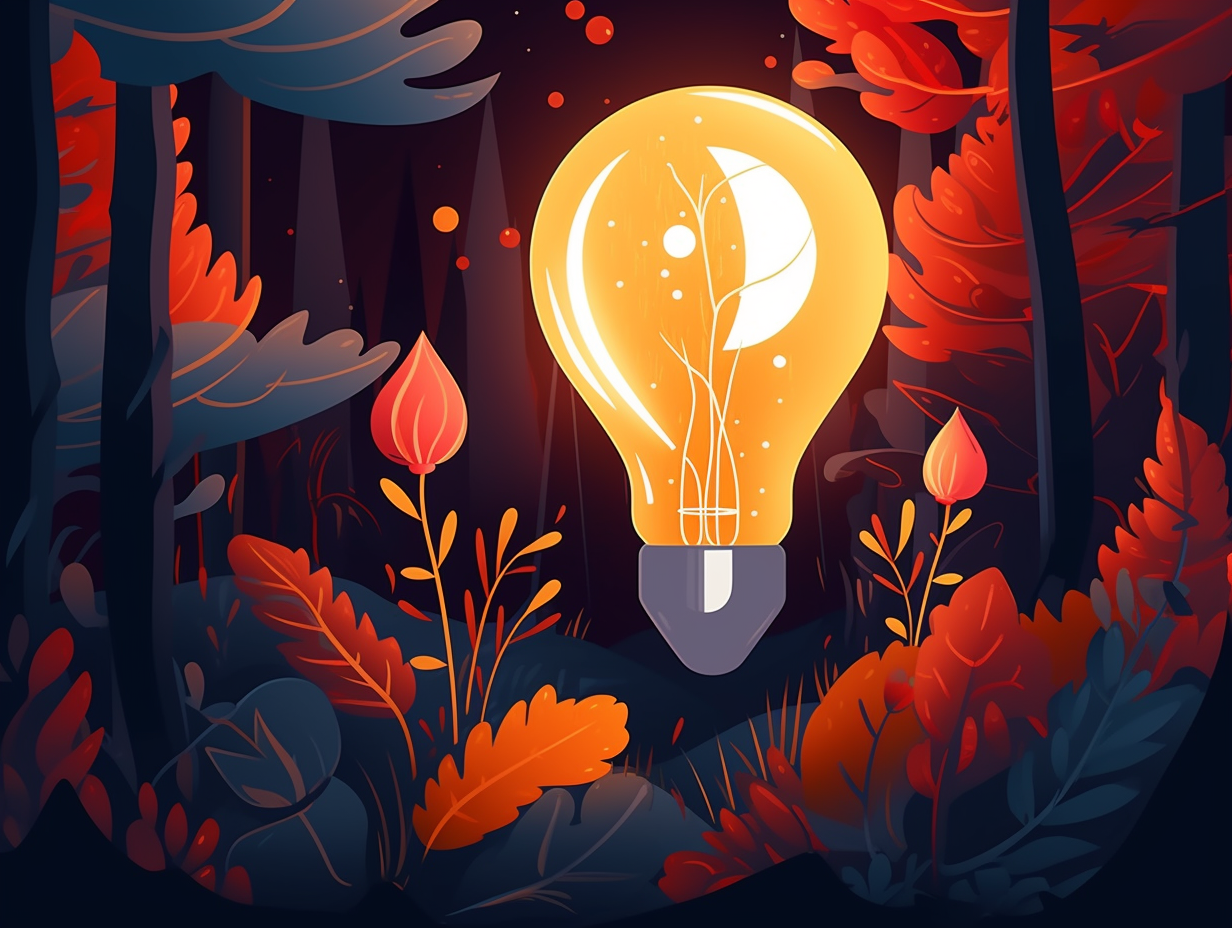
10. Explosive Traffic Lights
Before "green light" meant go and the party could begin, London's finest were playing a dangerous game of "stop or I'll blow": The world's first traffic lights, installed outside the House of Parliament in 1868, were gas-lit and prone to explosions, eventually leading to the advancement of our modern-day, explosion-free electric traffic lights.
Source => londonist.com
11. Firefly Love & OLEDs
Is your love life feeling a bit dim? Why not take dating advice from fireflies! Those little love bugs sure know how to spice things up in the bedroom with their ultra efficient natural lighting solutions: Mimicking the hierarchical structures found in firefly lanterns, scientists have enhanced the efficiency of organic light-emitting diodes (OLEDs) by up to 61%, leading to potential advancements in environmentally friendly and more affordable light sources in the future.
Source => pubs.acs.org
Related Fun Facts

